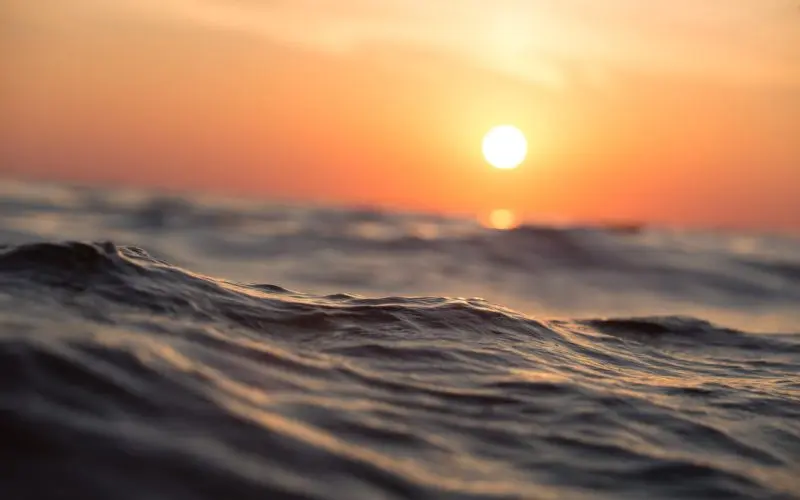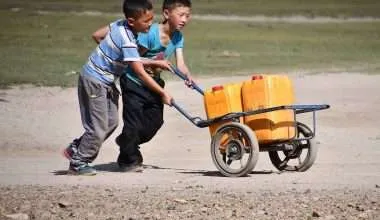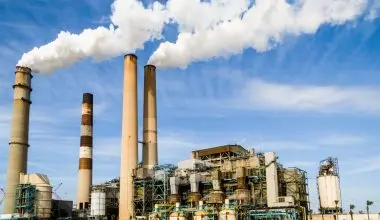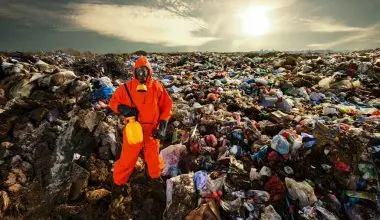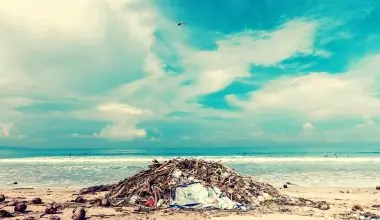Table of Contents Show
What is Thermal Pollution?
Our world is facing many problems among which one of the major issues is Pollution. Nowadays whenever we talk about pollution; what comes to mind is that pollution includes carbon emissions, plastic pollution, waste and many other factors but that’s just not it. Thermal pollution is also a major part of pollution. In layman’s term, Thermal Pollution is when industries take the waters from a natural source for their processes and either heats it up or cools it down. After this, they eject the water back into the natural source which changes the oxygen levels. This is very harmful to the marine ecosystem and communities.
Humans influence the water by increasing or decreasing the temperature of the water in the ocean, lake, river or pond which is thermal pollution. Industrial factories use the waters to cool down their machinery and to make their products better. Despite actions taken by humans and governments to stop the thermal pollution to help marine animals survive and give them a safe environment; the effects are still lasting today.
What pollutants are involved in Thermal Pollution?
Factories which are built near the water source takes in the cold water and after using it in multiple processes; dump the warm waters back into the source. One might think that a single factory cannot make such a big difference; that is not true! Factories process millions of gallons of water per day which means the effects could come as quick as a week if it’s a small lake. As this happens, it isn’t a normal environment for the plants and animals to survive there.
Another example is hydroelectric stations which use the kinetic energy of water to rotate the turbines. This also causes the water to get warm and impact the local biome when released again.
What are the causes of thermal pollution?
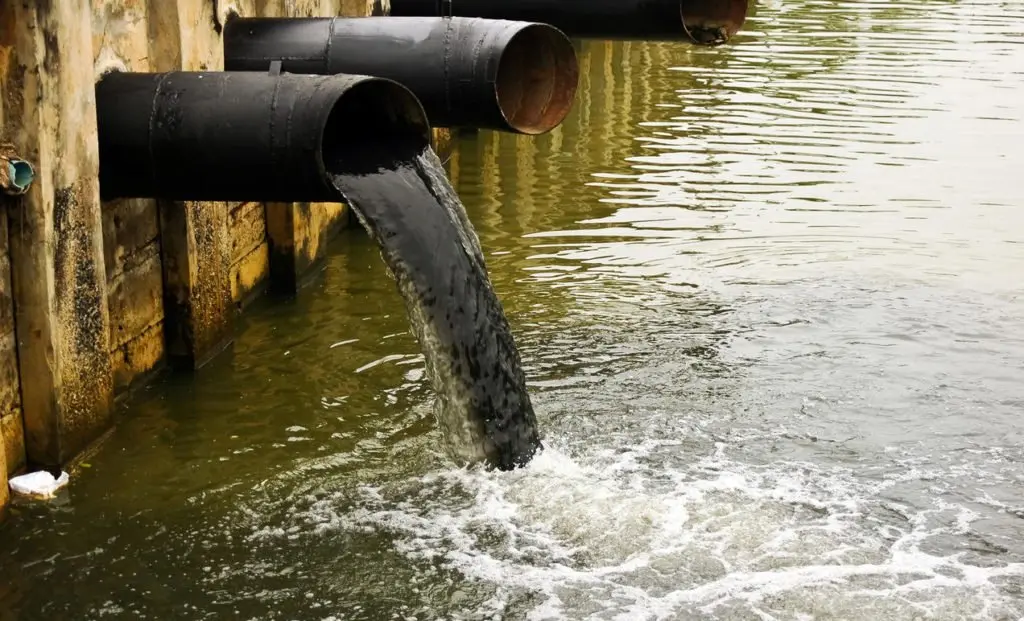
1. Industrial processes
The largest cause of thermal pollution in water is cooling processes for industrial machinery and power plants. Since water is free; the industries pull in cold water to cool their machinery and let the warm water flow back into the sea.
2. Geothermal Hot springs, Deforestation and retention ponds
Not only human factors; but nature also contributes to the problem of thermal pollution. Geothermal energy creates hot springs and introduces heat in the waters. This is a natural cause of thermal pollution. Waters are exposed to the sunlight when deforestation eliminates shade from the trees. Water on the surface gets warm and is mixed with other bodies of nearby waters which increase overall water temperature. Other sources of hot water are soil erosion and runoff from paved areas. A source of thermal shock can also be retention ponds which absorb a lot of heat from the sunlight and pump the water directly into rivers, lake or bay area thereby increasing their temperatures.
3. Urban Run-off
Urban runoff discharges (the surface waters) from surfaces like roads and parking lots can make the waters warm. The pavement gets very hot in the summer which causes warm runoff water to get into sewer system and water bodies. These sewers are subsequently drained into open water bodies like rivers and lakes leading to thermal pollution. Urban run-off also includes the hot water drained down the sink in your home. Using rubber gloves when washing dishes would protect you from cold water and prevent thermal pollution as well, not to mention, it saves energy. There are many other lifestyle modifications you can make to prevent energy overuse and prevent pollution.
Effects of Thermal Pollution
The effects of thermal pollution are vast and, in short, it damages the marine ecosystem and reduces the aquatic organisms’ population. All species including plant, algae or bacteria respond differently to the changes in the temperatures. .
Many organisms which do not adapt to the changes, die of various causes and are forced out of the area. These organisms having reproductive problems further reduce the diversity of life in the polluted area. On the other hand, there are a few organisms which benefit from the thermal pollution. For example, algae and bacteria tend to benefit from the heat created by thermal pollution. Some animals also enjoy and benefit from the warmer waters. However, on a balance, thermal pollution is negative for many reasons.
1. Migration and Loss of Biodiversity
Many animals adapt differently to the changes in the ecosystem. For example, Birds may be forced to search for food in other places and leave the polluted region (devoid of fish). Fish might move away to a more suitable situation from the warm waters, disrupting the ecosystem for other animals. However, on the other hand, plants and other animals would get stuck which would lead to huge losses. Regions affected by thermal pollution lead to migration of species along with severe loss of biodiversity as discussed ahead.
2. Decreased Dissolved Oxygen
We all know that warm waters carry less oxygen dissolved in them in comparison to cold waters. When oxygen level declines, it means that the animals would have to migrate but the plants and animals which can’t migrate may begin to die. The injection of warm water would keep the oxygen from dispersing into deep water which is good for controlling bacteria but very dangerous for the aquatic animals. The decreased oxygen level would cause algal blooms which causes problems for the plants and animals. This problem is the most common and best known side effect of thermal pollution.
3. Loss of Biodiversity
This is one of the serious problems for threatened and endangered animal species as the sudden heating kills various organisms or makes them migrate. This also causes the organisms to die out and not being able to reproduce as effectively as before. We only think about the animals that are being affected by the thermal pollution. But, apart from that, even multi celled plants are facing the same problems as thermal pollution completely alters the local aquatic ecosystem.
4. Ecological Impacts
Thermal pollution can damage local aquatic ecosystem, especially when warm waters are dumped into a chilly pond. The thermal shock can kill off many insects, fish and amphibians. It further causes issues in the ecosystem. Key food sources wouldn’t be adequate. The local population might get wiped and put under more pressure. Coral bleaching causes the coral organisms to die out as it occurs when power plant or factory waste is dumped into the coastal water. The ecosystems have some species known as keystone species which stabilize the whole ecosystem. Loss of such species could cause drastic implications on the local marine ecosystem.
5. Reproductive Effects
Reproductive problems occur as the temperatures increase in the water. Warmer water would reduce the fertility of some organisms. Some species would face birth defects or lay deformed eggs due to the chemical changes in their body caused by warm waters. The overall reproductive fitness is hindered by the defective eggs and reduces their population.
6. Increased Metabolic Rate
For a limited time, warm waters are good for cold blooded fish and amphibians. But when the waters remain warm for extended periods of time, that’s when the problems arise. One of the real problems of thermal pollution is that warmer waters would cause the metabolism to get fast which means that animals would require more food. It would be difficult for the local ecosystem to provide for a sudden increase in the demand of food. This causes an imbalance in the ecosystem as some animals would die of starvation and others might eat plastic as food. So in conclusion, warm waters create benefits for some animals but on the other hand cause a lot of problems as well.
